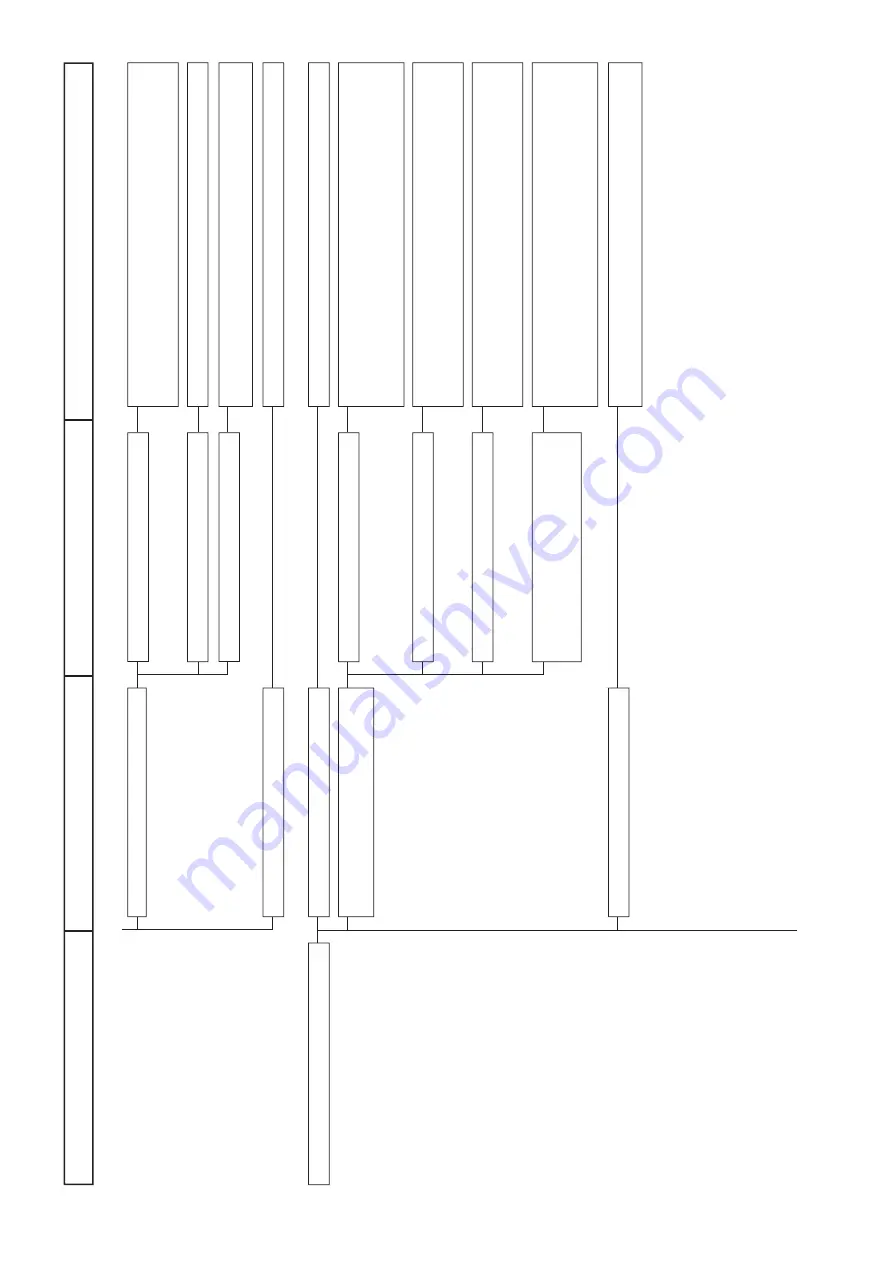
−
52
−
Troubles
Cause (1)
Cause (2)
Checking orders and corrective measures
From the previous page
Balloon stitches
Presser foot is defective.
Number of revolution is high.
Thread tension is low.
Thread take-up spring is improperly
adjusted.
Stroke of thread take-up is large.
Presser foot pressure is too high.
Finish of presser foot sole is bad.
Material is hard to be slipped.
Stroke of thread take-up spring is small.
Tension is low.
Shape of thread take-up spring is improper.
Strength of thread take-up spring is weak.
Follow-up capability at high speed is
defective.
Minimize the pressure. For some materials, it is effective to use
the micro-lifter screw and sew in the state that the presser foot is
slightly raised.
Polish with buff or the like to improve the slide.
Use the teflon presser foot, or specially processed (teflon, etc.)
presser foot.
Decrease the number of revolution.
Increase the tension of thread tension No. 2.
Balloon stitch or thread breakage is apt to occur if the stroke of
thread take-up spring is small since the released thread is not
pulled up enough. Adjust the stroke of thread take-up spring to a
rather large value.
If the tensin is too low, when the machine runs at high speed, the
spring cannot follow up and pulling-up of thread is deteriorated.
As a result, balloon stitch or thread breakage is apt to occur.
If the top end of thread take-up spring is opened, thread may be
caught with it when thread is slackened. Close the top end with
fingers when it is excessively opened.
The weak thread take-up spring of A type does not show the
effect enough for the thread of # 60 or more since the tension at
the end of motion does not become large. In this case, replace it
with the standard thread take-up spring (or thread tension).
Move the arm thread guide to the right to decrease the supplying
amount of thread by the thread take-up.
To the next page
▼










































